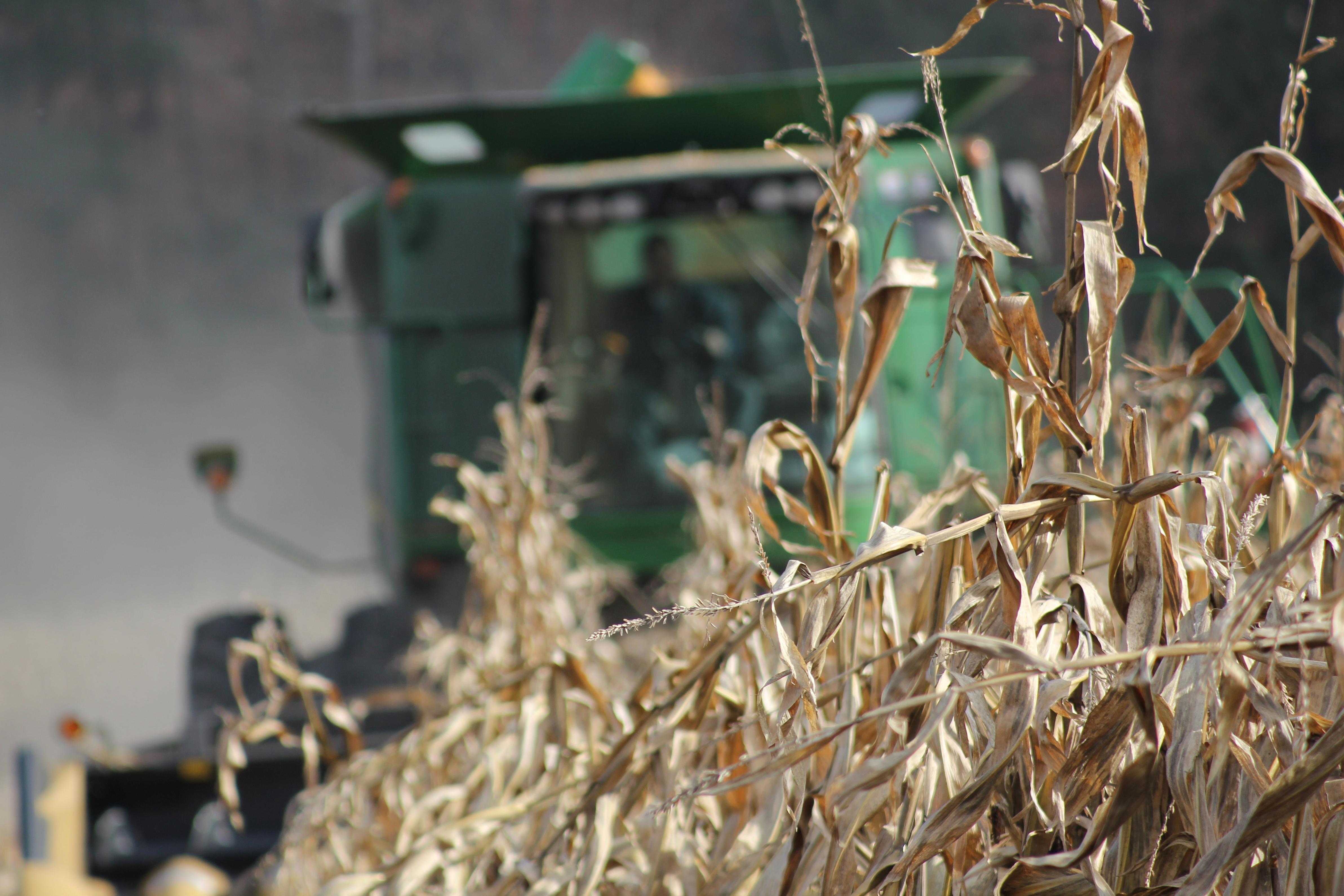Soil compaction and freeze-thaw cycles
September 8, 2014 - Ken Doyle
The increasing scale of farming operations and use of agricultural machinery worldwide has caused an unusual problem—soil compaction. It’s defined as the packing effect of external forces that reduce soil bulk volume and pore size. Heavy farm equipment like tractors, trucks, and harvesters can cause soil compaction. Other causes include livestock and rainfall.
A recent study published in the Soil Science Society of America Journal discusses the causes and effects of soil compaction. “Soil compaction may occur during any field operation,” says Jay Jabro, corresponding author, “including planting, spraying, harvesting, and even tillage. Some tillage tools will cause a ‘hard pan’ just below the tilled depth.” Jabro is a research soil scientist at the Northern Plains Agricultural Research Laboratory, USDA-ARS, Sidney, Montana.
Jabro explains that soil moisture levels have a big influence on compaction. Very dry soil will not compact as easily as moist soil, under the same loads. “Heavy axle loads of large equipment tend to drive compaction deeper than light loads,” says Jabro.
 Soil compaction is a big concern for farmers because it directly affects crop yields. Roots cannot easily penetrate compacted soil. Therefore, even though the soil may contain sufficient moisture and nutrients, the plant can’t extract them. The study notes that compaction reduced crop yields by as much as 50% in some areas.
Soil compaction is a big concern for farmers because it directly affects crop yields. Roots cannot easily penetrate compacted soil. Therefore, even though the soil may contain sufficient moisture and nutrients, the plant can’t extract them. The study notes that compaction reduced crop yields by as much as 50% in some areas.
Compaction also leads to other problems. “Compacted soils do not readily absorb water, so they contribute to increased runoff on slopes and ponding in low areas,” says Jabro. Runoff increases erosion and can contribute to pollution by carrying chemicals into streams and rivers.
Farmers can use several methods to address these problems. One of the most common in the U.S. Northern Great Plains is deep tillage. However, as the study points out, many farmers in this region question whether deep tillage is necessary. The study focused on a natural phenomenon that may counteract the effect of soil compaction: the annual freezing and thawing of soil during the region’s severe winters and warmer springs.
The researchers measured compaction at several soil depths in two types of plots. One plot was kept above freezing, and the other was subjected to several freeze-thaw cycles (FTCs). A farm truck with a single rear axle was loaded to the maximum legal weight to simulate a truck at harvest. Soil plots were compacted by driving the truck over them in several overlapping passes. A steel roller flattened any remaining ridges out. Measurements were taken by a soil penetrometer—an instrument designed to mimic a plant root. It reports compaction as the cone index (CI), which describes how much force is needed to push the “root” into the soil.
“Freezing and thawing significantly decreased the penetration resistance in compacted soils,” says Jabro. Soil at 0-10 cm depth showed the most change after FTCs, with a 73% reduction in penetration resistance. Jabro explains that even in the deepest soil, compaction “was still reduced by 49% after the first winter.”
The study did not directly connect these compaction measurements to differences in crop production or yields. The FTCs reduced compaction to levels well below the threshold required to define compaction, says Jabro, “so we could reasonably expect yields to be better after the FTCs.” He notes that after the FTCs, “the top was quite mellow and good seed-to-soil contact could be obtained.” Therefore, Jabro expects that roots could flourish in this soil.
Jabro says that simple measures can be taken to reduce soil compaction, even in warmer regions not subject to FTCs. He advocates controlling wheel traffic so that farm equipment always takes the same path and reduces the amount of the field subject to compaction. In addition, he suggests staying out of fields when they are wet. Proper farming practices, he says, “are essential for maintaining good soil structure and eliminating the need for multiple field operations.”
